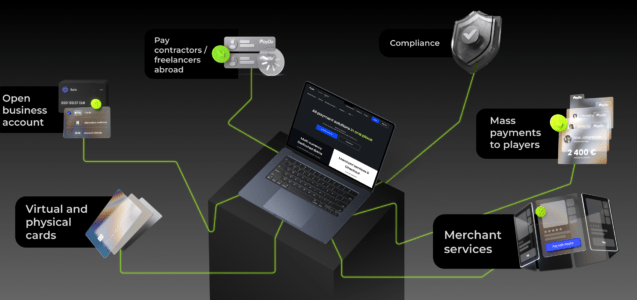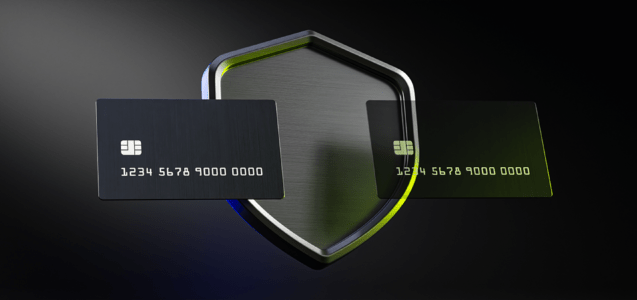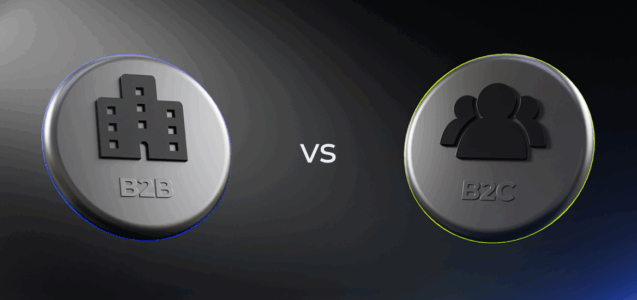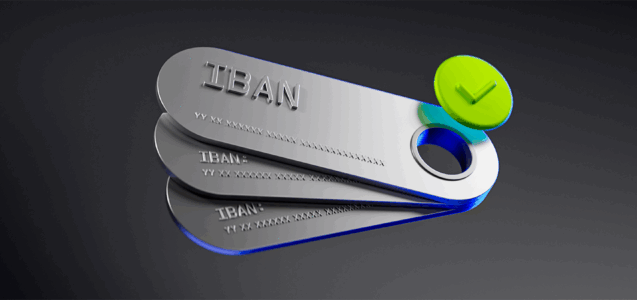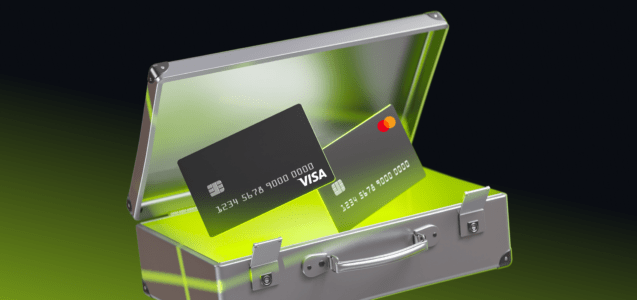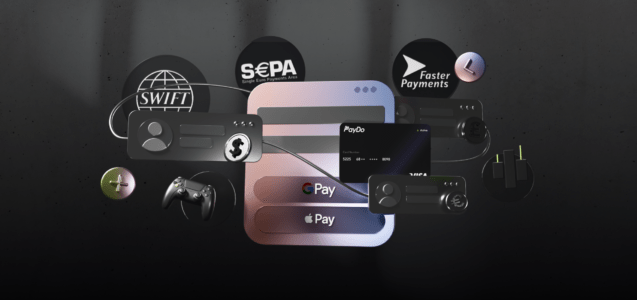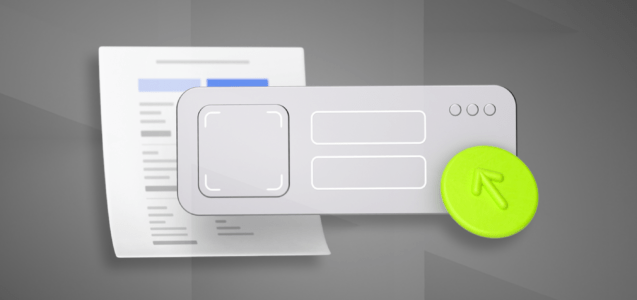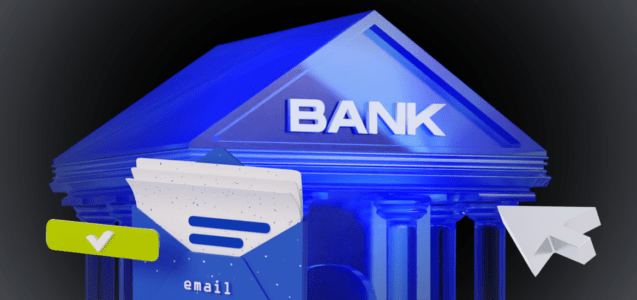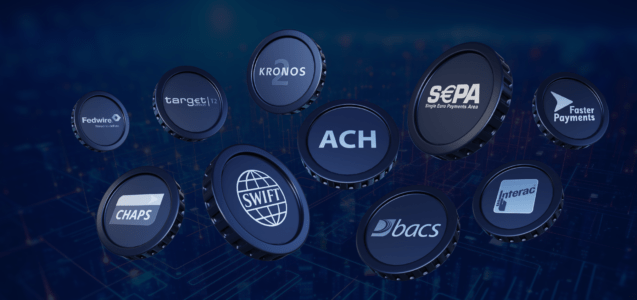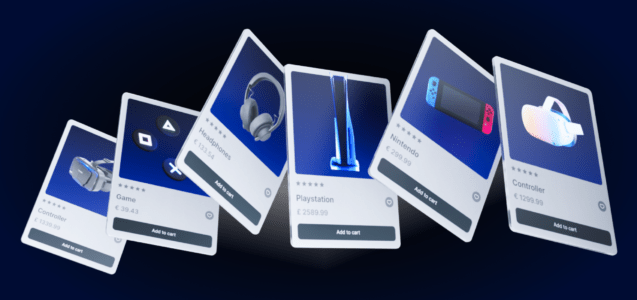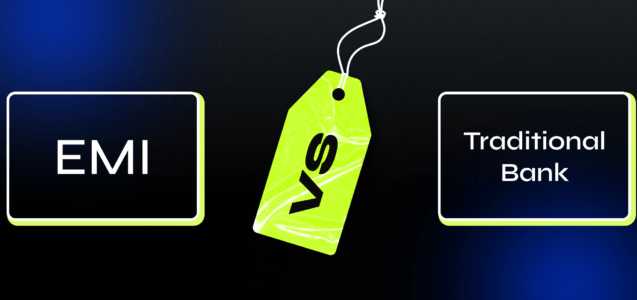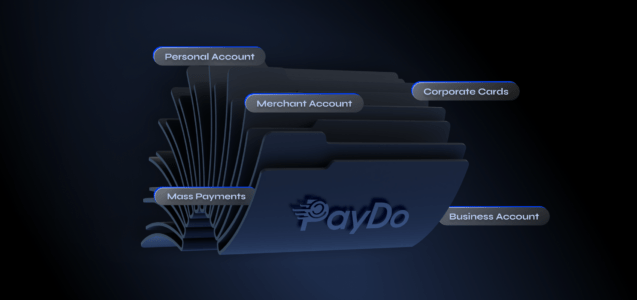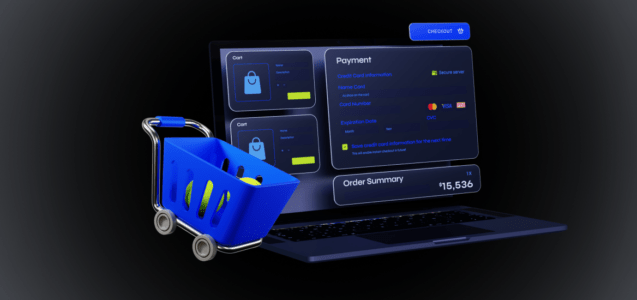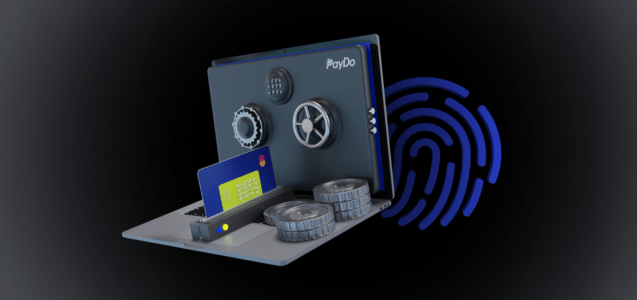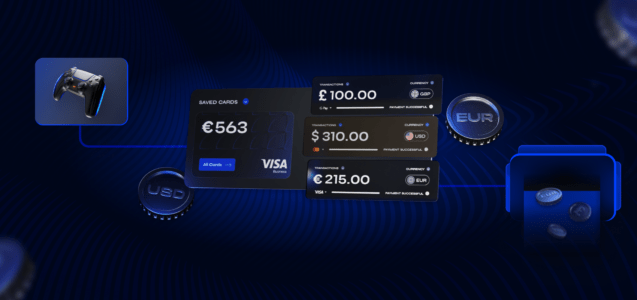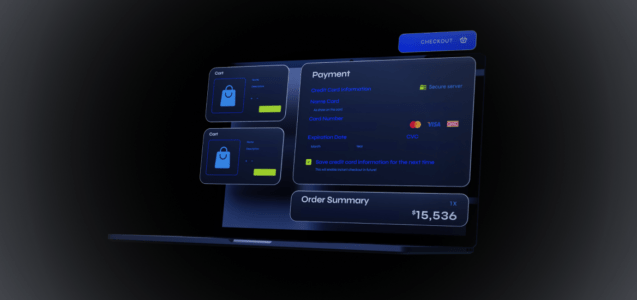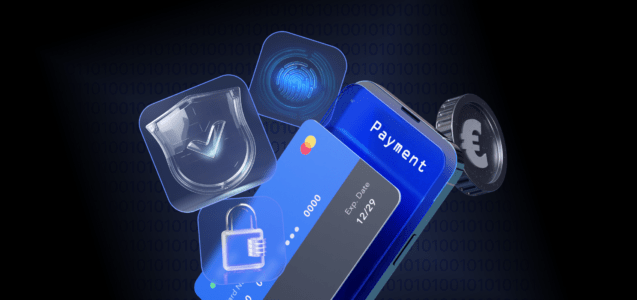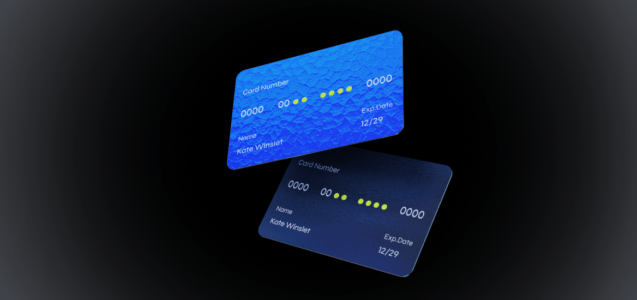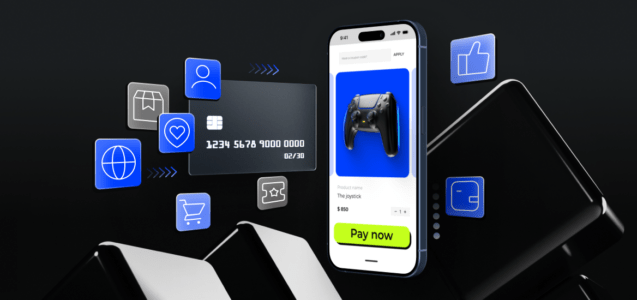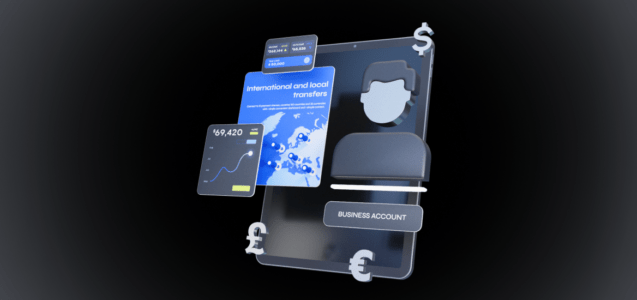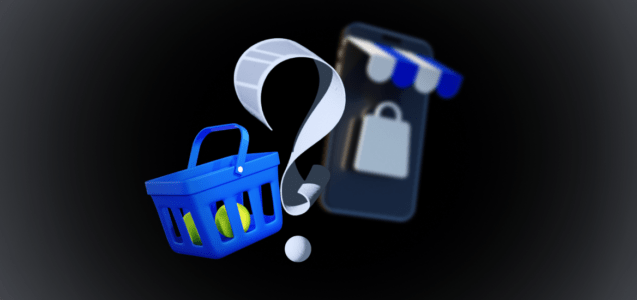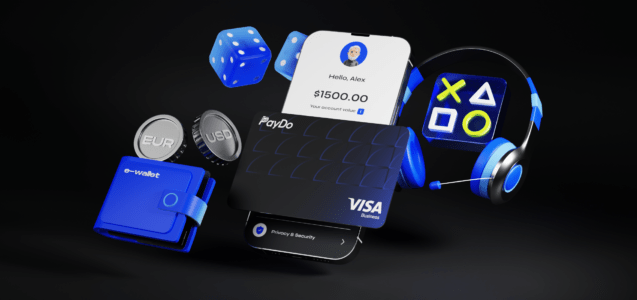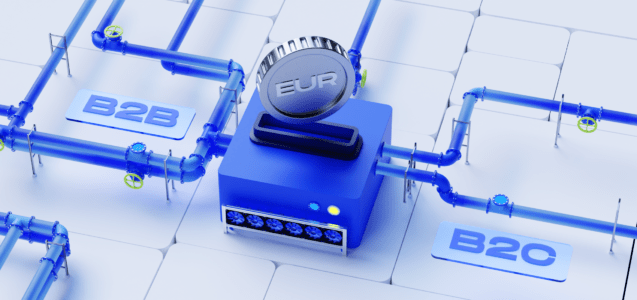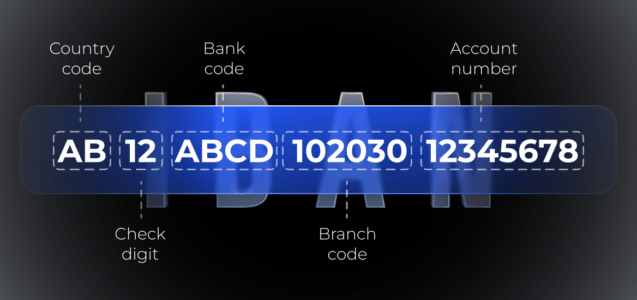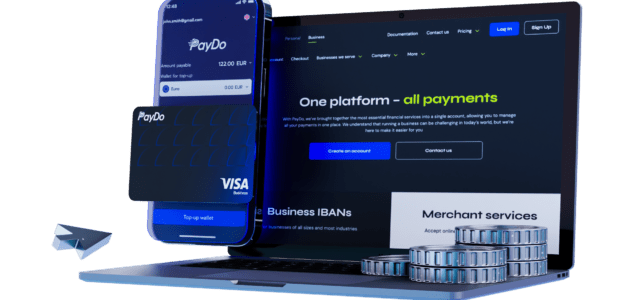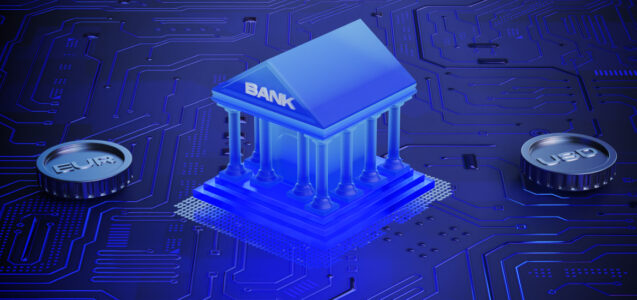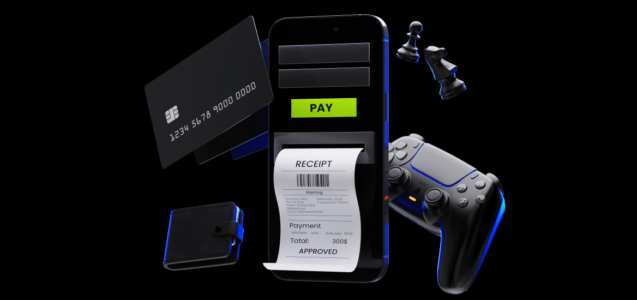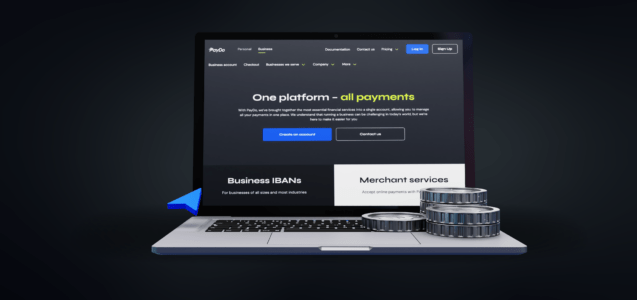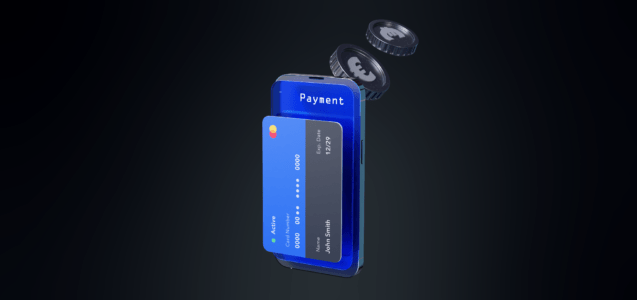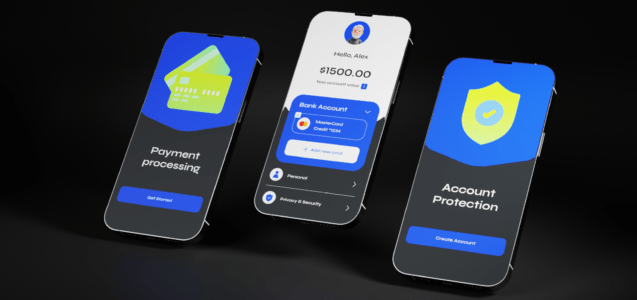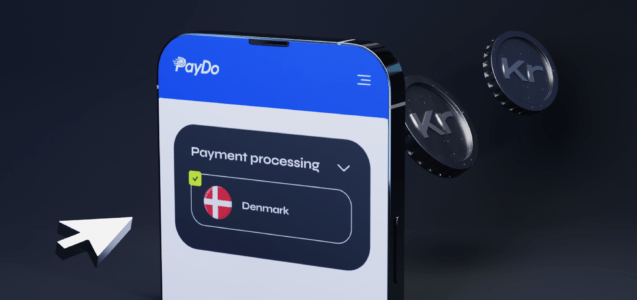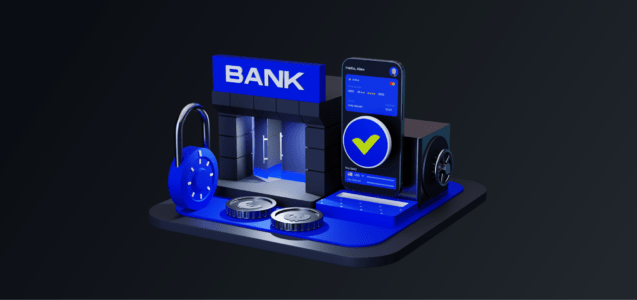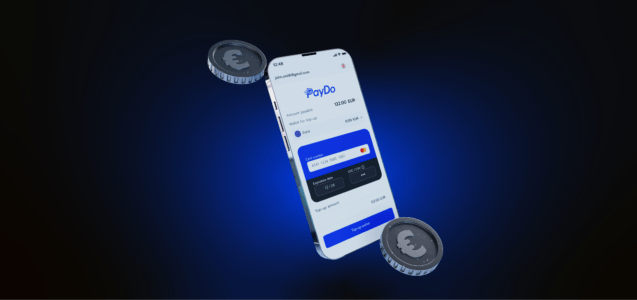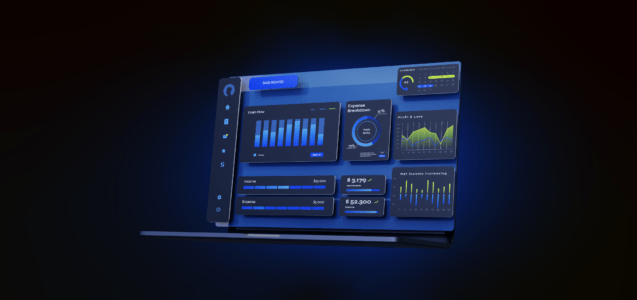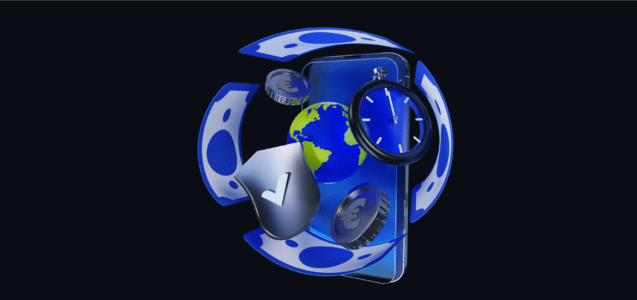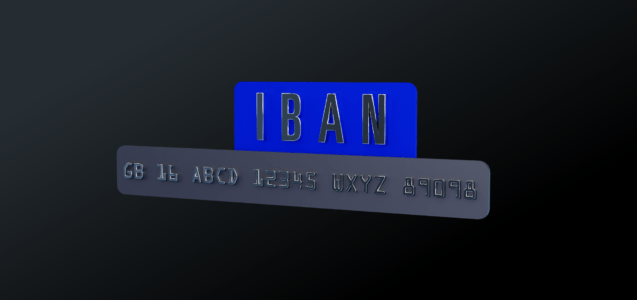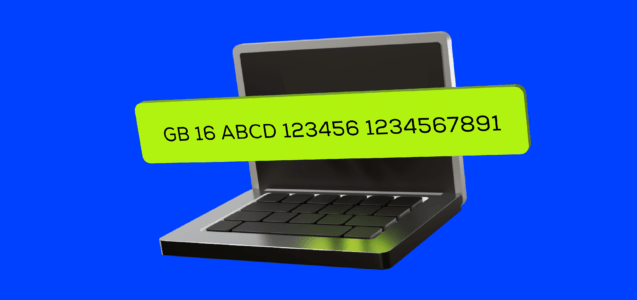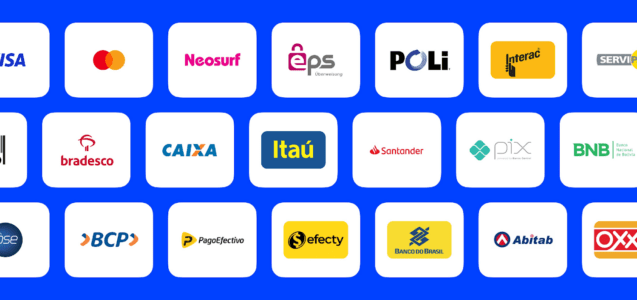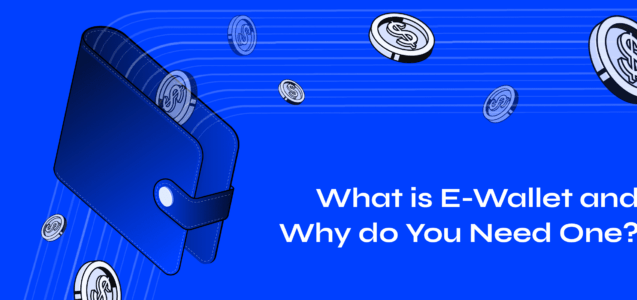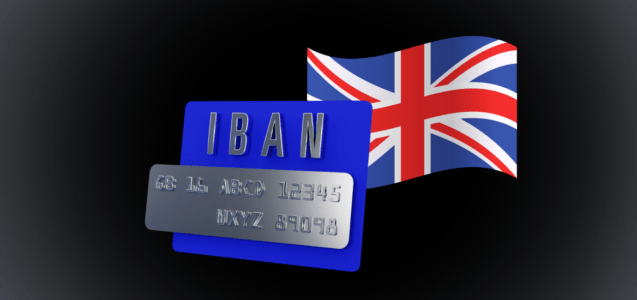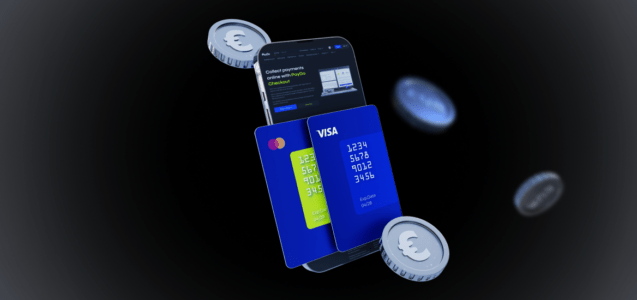According to Forrester, by 2027, retail sales in the United States alone can reach a whopping $5.5 trillion. In addition, as per the Research and Markets report, global retail sales increased from $28 billion in 2023 to $37 billion in 2027, with a compound annual growth rate (CAGR) of 8.3% (See Fig. 1).
What does it tell us?
First, retail sales comprise a major part of all sales made in the United States. Second, the industry is booming and will continue to rise. For companies thinking about entering retail, there are several major things to consider, and choosing the right POS system is one of them.
In this piece, we explore all you need to know about POS. The key idea—offer readers some valuable insights that will make their small businesses thrive.
The Context
Lots of people like to shop online because it’s easy, and they get personalised recommendations and discounts. Because of this, many stores are focusing on making both online and in-store shopping smooth for customers.
It’s worth it. People who shop both online and in-store spend more money and expect more from stores. They expect to be able to buy online and pick up in-store (BOPIS). They also want to know if products are available in different stores and get personalised service.
To meet these expectations, stores need to invest in their IT, especially in their point of sale (POS) systems. By choosing the right POS system, you can save time by automating many manual tasks and reducing the chance of errors in your reports.
What Is a POS System, and How Does It Work?
A POS system, also known as a Point of Sale system, consists of hardware and software. It is used by businesses to process transactions, record sales data, manage inventory, and perform various other functions related to sales and customer service.
In simple terms, A POS system is like a smart cash register. It helps stores take payments, track sales, and manage inventory. It typically consists of the following elements:
- a computer or terminal;
- barcode scanner;
- cash register;
- receipt printer;
- a credit/debit card reader.
The POS transaction is a simple and straightforward process. Here’s how it works:
- A customer heads to the checkout;
- The POS system calculates the total price of their items as they are scanned;
- The customer selects their payment method;
- The POS system processes the transaction, generating a receipt upon completion.
Key Features of a POS System
In terms of features, these are the main ones you need to know:
1. Transaction Processing
This helps stores scan items, calculate the total cost, apply discounts, and accept different types of payments like cash or cards.
2. Inventory Management
This keeps track of stock levels in real-time, updating automatically when items are sold. It helps businesses reorder products on time and avoid running out of stock or having too much.
3. Sales Reporting and Analytics
This generates reports on sales, showing things like the number of items sold, best-sellers, busy times, and revenue trends. Businesses use this data to make better decisions about pricing and promotions.
4. Customer Management
This stores customer information, such as contact details, purchase history, and loyalty program participation. It helps businesses personalize customer experiences and improve marketing efforts.
5. Integration with Other Business Systems
This connects the POS system with other software like accounting, online stores, and customer management tools. It helps businesses run smoothly by sharing data between different systems.
Types of POS systems
A POS system has two main parts – hardware and software. These components help set up different types of POS systems:
Terminal POS System
This is the classic setup for processing customer purchases and managing sales. It has a tablet or computer, a barcode scanner, a cash drawer, a receipt printer, and a credit card reader. You can buy software locally or online for extra features like online ordering and inventory management.
Cloud-Based POS system
These systems store data on remote servers accessed through the internet. They offer scalability, remote accessibility, and automatic updates, which makes them suitable for businesses of all sizes. Cloud-based POS systems are particularly popular among small businesses and startups because they are affordable and easy to use.
Cloud POS systems are cheaper than traditional POS terminals and demand less maintenance over time. It’s no surprise that their usage is on the rise. Predictions suggest it could hit $13.24 billion by 2028, growing at a yearly rate of 24.5%.
Mobile and Tablet POS Systems
A POS tablet system utilises a tablet as the main interface for handling payment transactions and overseeing sales. This setup involves connecting the tablet to payment processing tools like a card reader, barcode scanner, and receipt printer, along with utilising a cloud POS app that provides essential functionalities. Essentially, a tablet POS is one form of installation for a cloud POS system.
Mobile POS system uses a smartphone or similar device for processing payments and accessing sales tools.
Using a mobile POS system allows you to process customer checkouts from anywhere in the store while still having access to all the sales management tools you require. Similar to tablet POS systems, mobile POS systems typically work with a cloud app.
Self-Checkout Kiosks
These are touchscreen systems that let customers check out without interacting with a cashier. They’re becoming more advanced, some even use RFID tags instead of barcodes. They’re popular because they reduce wait times and offer multiple payment options.
Many people who are good with technology like self-checkout because it’s faster than waiting for a cashier. In fact, 64% of shoppers prefer using contactless payments and enjoy being able to check out anywhere in the store.
Overall, POS systems, whether terminal, cloud-based, tablet, mobile, or self-checkout kiosks, offer benefits for both customers and retailers, including faster transactions, lower costs, and better customer experience.
Advantages of POS-Systems
A good POS system aims to make your business easier to manage. Instead of using spreadsheets or doing things manually, it automates important tasks for you
Here are a few more advantages POS system offers for businesses.
- POS systems streamline the checkout process.
Such systems facilitate swift and accurate transaction processing. With functions such as barcode scanning and integrated payment processing, employees can efficiently manage sales transactions, reducing customer wait times and improving overall service quality.
- With a POS system, you can track inventory levels in real time.
This enables you to monitor stock levels, identify fast-moving items, and automate reordering processes. By maintaining optimal inventory levels, businesses can reduce stockouts, minimise overstocking, and optimise their supply chain management.
- POS systems generate detailed reports on sales performance, inventory turnover, and other key metrics.
This data provides valuable insights into customer buying behaviour, popular products, and sales trends. It enables businesses to make informed decisions about pricing, promotions, and marketing strategies.
- Many POS systems come with integrated payment processing capabilities.
This allows businesses to accept various forms of payment, including credit cards, debit cards, mobile payments, and digital wallets. Integrated payment processing streamlines checkout, reduces errors, and enhances security by encrypting sensitive payment information.
- POS systems help businesses streamline their operations by centralising sales, inventory, and customer data in a single platform.
This eliminates the need for manual data entry and reconciliation across multiple systems, saving time and reducing the risk of errors.
Overall, POS systems offer numerous advantages for businesses, including improved efficiency, enhanced customer experience, better inventory management, and access to valuable data insights that can drive growth and profitability.
What to Pay Attention to When Choosing POS
Selecting the right POS system for your business is crucial for efficient operations and customer satisfaction. Here are some steps to guide you in making an informed decision.
1. User-friendly interface
Look for a system that is easy to use and navigate for both you and your employees.
2. Inventory management
The POS system should track inventory levels, provide real-time updates, and generate reports on stock levels and sales trends.
3. Sales reporting and analytics
Choose a system that offers detailed reporting and analytics features, including sales data, customer trends, and performance metrics.
4. Payment processing
Ensure that the POS system supports various payment methods, including credit/debit cards, mobile payments, and contactless payments.
5. Customer relationship management (CRM)
Look for CRM features that allow you to track customer information, purchase history, and preferences to personalise the shopping experience.
6. Integration with other business systems
Consider a POS system that integrates seamlessly with other business software, such as accounting, inventory management, and e-commerce platforms.
7. Security features
Prioritise security features like encryption, data backup, and user authentication to protect sensitive customer and financial information.
8. Scalability
Choose a POS system that can grow with your business and accommodate future needs, such as multiple locations or increased transaction volume.
Taking into account the features, you can select a system that aligns with your business needs, streamlines operations, boosts efficiency and enhances the overall customer experience.
How will POS systems evolve in the future?
The global market for POS software is expected to reach $20 billion by 2028. This growth is fueled by the popularity of cloud-based POS software and mobile payments.
As more people switch between online and offline shopping, POS systems are becoming essential for businesses. Younger generations, like millennials and Gen Z, prefer shopping online and using social media or AI tools to make purchases.
As technology advances, POS systems will include features like chatbots, sensors, and self-checkout. They might even use AI to analyse data and give personalised recommendations. Retailers need to adapt to younger shoppers who often use options like Buy Online Pickup in Store (BOPIS) and shop on social media platforms.
Also, with cyberattacks on the rise, POS systems need to be secure. They hold a lot of sensitive information, like credit card details. Thus, in the future, POS software will focus more on cybersecurity, fraud detection, and protecting customer data.
Conclusion
With the potential growth of retail sales worldwide, businesses require a trustworthy POS system to keep up with the competition and meet customer demands.
POS systems offer a range of benefits, including automating manual tasks, reducing errors, and providing valuable insights into transaction processing, inventory management, and more.
Businesses can select the option that meets their requirements and financial resources. Given the anticipated rise in cloud POS usage, opting for a cloud-based POS system can be a wise decision for small businesses and startups.
Your POS system should support your company’s growth and progress, not hinder it. Modern systems do more than just process payments and print receipts. They also offer valuable data to help you make informed decisions for better outcomes.
If you are looking for a checkout service to expand your business globally, then PayDo Checkout is a go-to solution for you. With our checkout feature, you will be able to collect payments from multiple countries using numerous payment methods.
PayDo Checkout simplifies online purchases, enhances convenience for payers, and provides efficient payment infrastructure for businesses. Create your business account to unlock all the benefits we offer for merchants.



